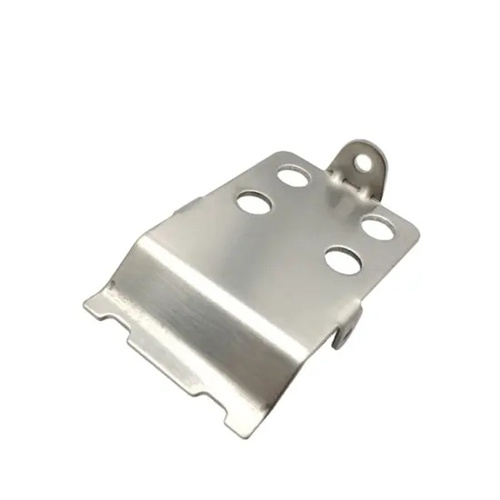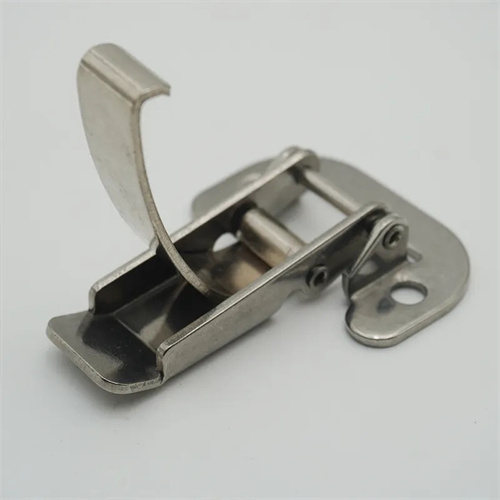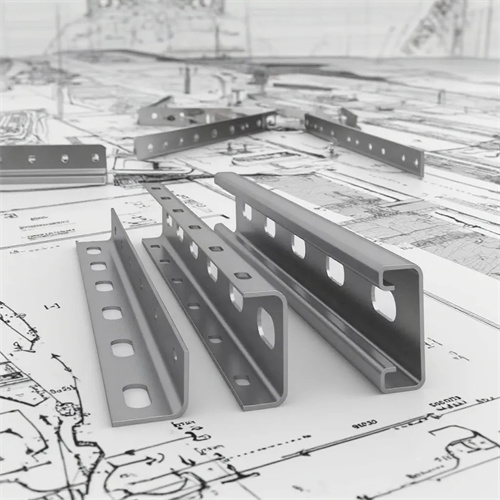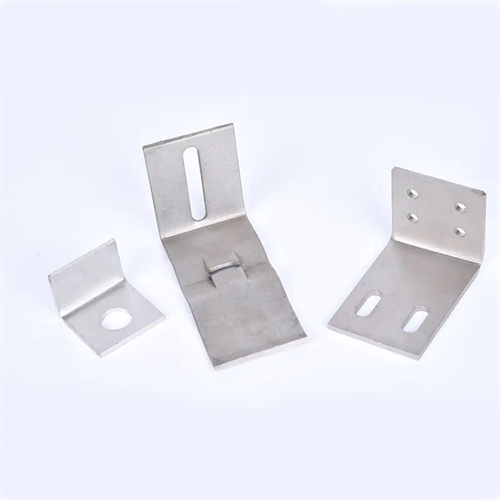brass strip
Brass strip is a copper alloy strip material with copper as the base and zinc as the primary alloying element. Due to its excellent electrical and thermal conductivity, corrosion resistance, and processability, it is widely used in electronics, precision instruments, automotive manufacturing, decorative building materials, and other fields. Its thickness typically ranges from 0.05 to 3 mm and its width from 10 to 600 mm. Depending on the zinc content and additives, it can be divided into ordinary brass strip (such as H62 and H65) and special brass strip (such as H62-1 and HPb59-1). H62 brass strip, with a copper content of 60.5% to 63.5% and a zinc content of 36.5% to 39.5%, offers both strength and plasticity, making it one of the most widely used varieties.

The production process for brass strip requires multiple precision steps, including smelting, ingot casting, hot rolling, cold rolling, annealing, and finishing. First, electrolytic copper (purity ≥99.95%) and zinc ingots are smelted in a medium-frequency induction furnace according to the alloy composition requirements. Standard brass is smelted at 950-1050°C, while special brass requires the addition of elements such as lead and tin. Electromagnetic stirring is used to ensure uniform composition, and impurity levels (such as iron and lead) are controlled to below 0.02%. A semi-continuous casting process is used to produce flat ingots 100-200 mm thick. Cooling rates are controlled at 50-100°C/minute to avoid porosity and segregation. In hot rolling, the ingots are heated to 600-700°C and rolled into strips 5-15 mm thick. The reduction and rolling speed are controlled to ensure a smooth, scale-free surface. Cold rolling is the core process for producing high-precision brass strip. Multiple cold rolling passes gradually reduce the strip to the target thickness, with a reduction of 15%-30% per pass. Specialized rolling oil is used for lubrication and cooling, ensuring a thickness tolerance of ≤±0.001 mm and a surface roughness of Ra ≤0.05 μm. Annealing treatment, performed under inert gas protection and at temperatures ranging from 500-600°C for intermediate annealing and 300-400°C for final annealing, eliminates work hardening, reducing the strip’s hardness to HV60-100 and achieving an elongation of ≥30%. Finally, shearing, slitting, and surface treatment (such as passivation and polishing) are performed to ensure strip straightness ≤1 mm/m and burr-free edges.

The performance advantages of brass strips make them difficult to replace in many fields. First, H62 brass strip has excellent mechanical properties. Its tensile strength is ≥ 300MPa and its yield strength is ≥ 100MPa . It can withstand bending, stamping, and other processes without cracking, with a minimum bend radius of up to 0.5 times its thickness, making it suitable for the production of complex parts. Second, it has excellent electrical and thermal conductivity, with a conductivity of 25%-35% IACS and a thermal conductivity of ≥ 100W/(m・K) , enabling it to simultaneously conduct electricity and dissipate heat in electronic components. Third, it has outstanding corrosion resistance, with a corrosion rate of ≤ 0.01mm/ year in air, fresh water, and non-oxidizing media. After surface passivation, it can withstand salt spray for over 500 hours. Fourth, it has excellent processability, allowing it to undergo a variety of processes such as cold rolling, stamping, welding, and electroplating. Its stamping forming rate is over 20% higher than that of pure copper, making it suitable for mass production. Fifth, it has excellent decorative properties. Polishing can achieve a mirror-like finish, creating a beautiful golden color. It is often used in architectural decoration and handicrafts.

Brass strip is a crucial material in both industrial and civilian applications. In electronics and electrical appliances, connector springs and switch contacts utilize H65 brass strip with a thickness of 0.1-0.5 mm, leveraging its conductivity and elasticity to ensure reliable contact. In precision instrumentation, instrument pointers and dials utilize ultra-thin brass strip with a thickness of 0.05-0.2 mm, etched to create intricate patterns. In automotive manufacturing, fuel pipe joints and radiator fins utilize H62 brass strip with a thickness of 0.3-1 mm, offering resistance to fuel and coolant corrosion. In the decorative sector, elevator panels and furniture fittings utilize polished brass strip with a thickness of 0.5-2 mm, offering both aesthetics and durability. In hardware, zippers and key blanks utilize HPb59-1 lead brass strip, leveraging its free-cutting properties to improve processing efficiency.

Industry trends indicate that brass strip is moving towards high precision, functionalization, and environmental friendliness. Breakthroughs in high-precision brass strip production technology have enabled thickness tolerances to be controlled within ±0.0005 mm, meeting the precision demands of the microelectronics industry. Functionalized brass strip (such as antibacterial brass strip and high-conductivity brass strip) achieves antibacterial rates of ≥99% and electrical conductivity exceeding 40% IACS by adding rare earth elements or optimizing composition. Environmentally friendly lead-free brass strip replaces traditional leaded brass, with a lead content of ≤0.01%, meeting RoHS and other environmental standards. Furthermore, the promotion of intelligent production technology, employing online thickness measurement and surface defect recognition systems, has increased product qualification rates to over 99.5%. The deepening of the circular economy model has boosted the brass scrap recovery rate to over 95%, reducing reliance on virgin copper. With the development of the electronic information industry and high-end manufacturing, demand for high-performance brass strip will continue to grow, driving the industry to achieve greater breakthroughs in material research and development and process innovation.
